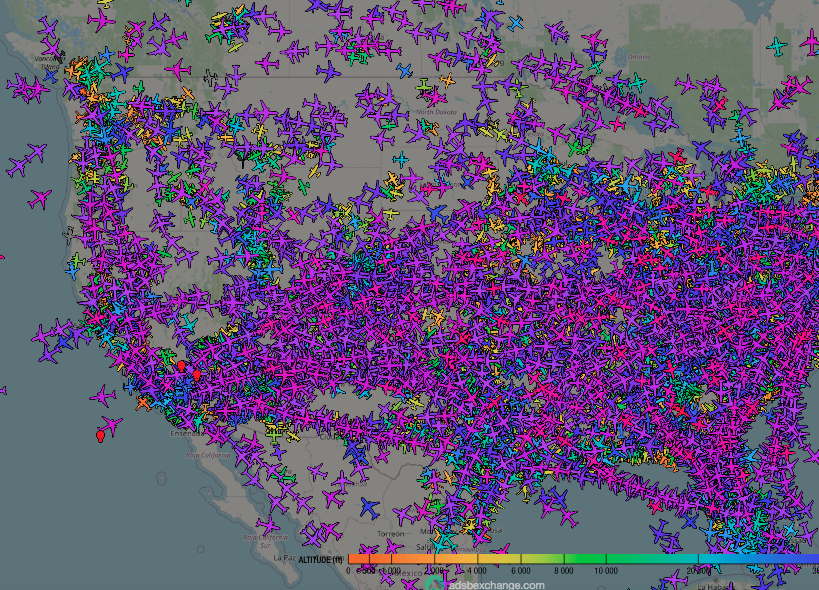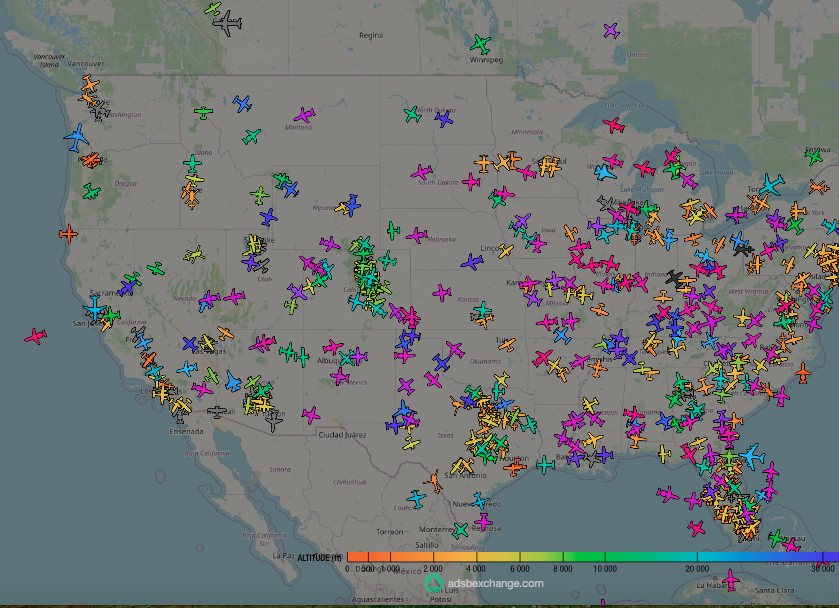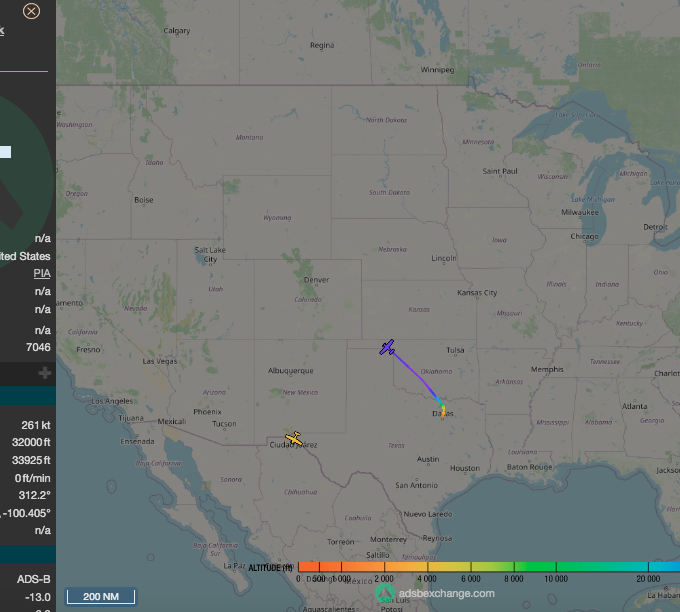What’s in a sighting?
Logging aircraft.
When it comes to your spotting log, it is all about personal choice or preference. Two plane spotters at the same airfield on the same day will obviously log all the same stuff, so far so good. But it is possible that, even though the sigtings may be logged in an identical manner on the day. When they are transferred to some kind of master log, they could be kept in an entirely different manner – there may even be completely different information stored.
Our two ficticious spotters, lets call them Fred and Joe might have different perspectives on the information that they want to record. As an example Fred may have seen the aircraft before, for Joe it may be a new frame. If the registration or the owner of the aircraft has changed, for Fred it may be a “paint scrape” for Joe it’s still a first sighting of that particular aircraft.
Fred may record additional information, for example “Brought the Barcelona Team to the Cup Final”. Joe on the other hand may just record it as a “Football Charter”, or he might add nothing to the log entry. So the entries that you create in your log on the day make a difference to the information further down the line if you want to do any kind of research or writing.
What do I record?
Typically I’d try for a photograph with the registration of serial number visible and sort it out later, I don’t tend to keep additional notes – unless it’s something out of the ordinary. For stuff that’s flying and is too far away for an image, Flight Radar and ADSB Global are your friend (which is why I have a Bee in my Bonnet over LADD and PIA), at the moment you can get most of the information that you need from these sources – with the caveat that LADD hides departure and arrival airports on Flight Radar and PIA hides everything on both Flight Radar and ADSB Global – inside US Air Space.
In my log, I generally record the basic information that I provide for down load on the site. What I add is a date, a location and whether it was the first time that I saw the air frame. I seldom add any notes other than a photograph ID so that I can reference the photograph instead of searching through the 50,000 or so digital images that I now have.
What should you record?
In my opinion, if you’re just starting out – everything that you can. As you become more experienced and refine your skills as a spotter, you’ll recognise what you need to record to give you what you want from the hobby.


